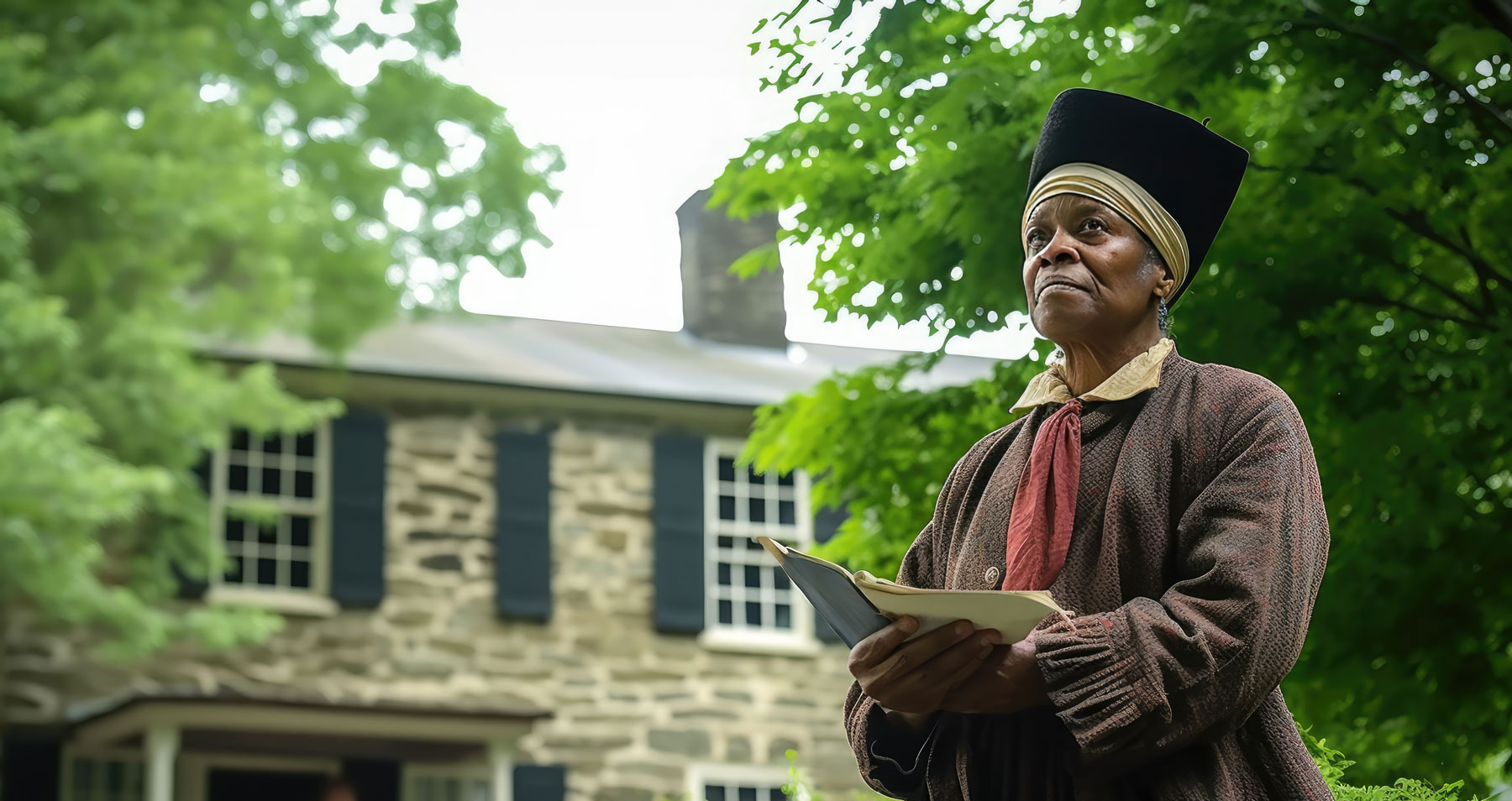Niagara Falls is more than a natural wonder—it’s a living testament to the resilience and courage of Black Canadians. Beyond the thunderous cascades lies a rich tapestry of history, woven with stories of freedom seekers, abolitionists, and trailblazers who shaped the region’s identity. From the Underground Railroad to the enduring legacy of Harriet Tubman, Niagara Falls stands as a beacon of hope and liberation. Let’s embark on a journey through time to uncover the profound Black history that defines this iconic destination.
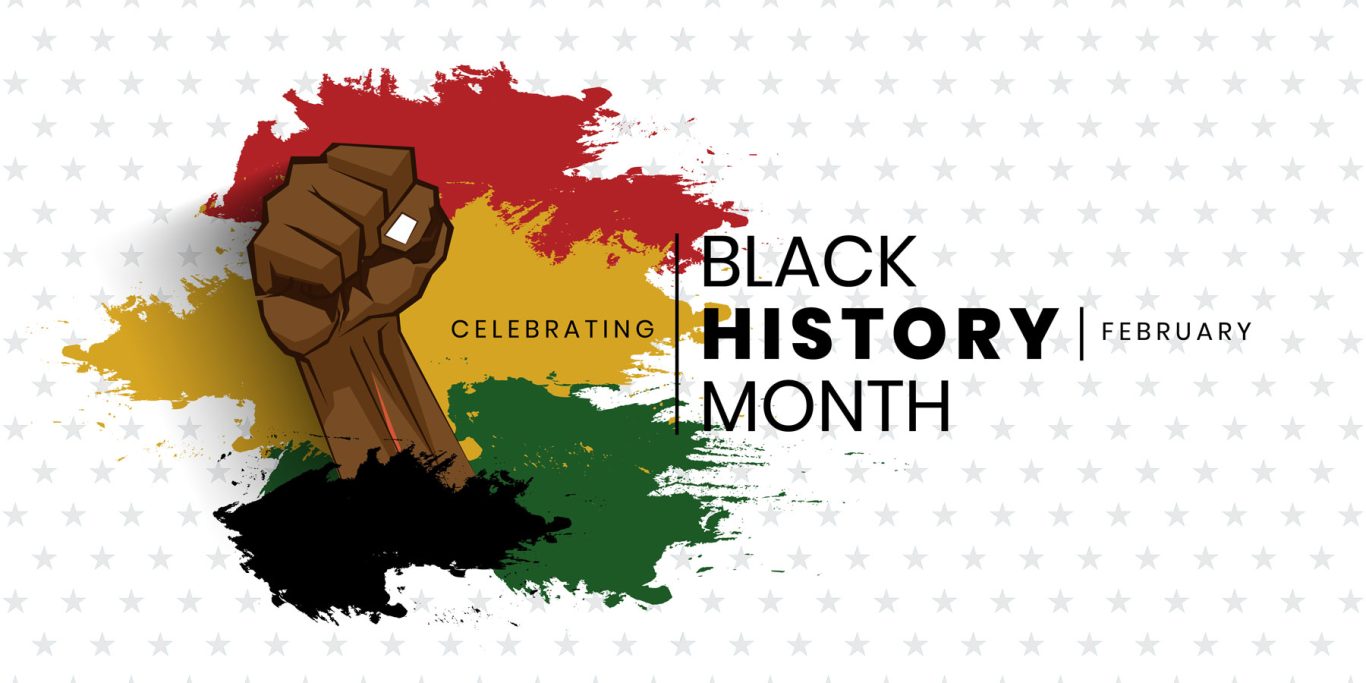
Black History Month: A Celebration of Legacy
Every February, Canada and the United States honor Black History Month, a time to reflect on the achievements and struggles of Black individuals. In Niagara Falls, this celebration comes alive through events, exhibits, and storytelling that highlight the region’s pivotal role in the fight for freedom. It’s a chance to connect with the past and celebrate the enduring spirit of the Black community.
The Underground Railroad: Niagara’s Role in the Fight for Freedom
Between 1840 and 1860, the Underground Railroad became a lifeline for thousands of enslaved Africans seeking freedom in Canada. Though not an actual railroad, this secret network of routes and safe houses guided freedom seekers to safety. Niagara Falls emerged as a critical gateway, offering refuge and hope to those escaping the horrors of slavery.
The nearby town of St. Catharines became a sanctuary, thanks to abolitionists like Reverend Hiram Wilson, who provided aid and support to newly arrived freedom seekers. Today, the stories of these brave individuals are preserved in landmarks and trails that trace their journey to liberation.
Harriet Tubman: A Heroine’s Legacy in Niagara
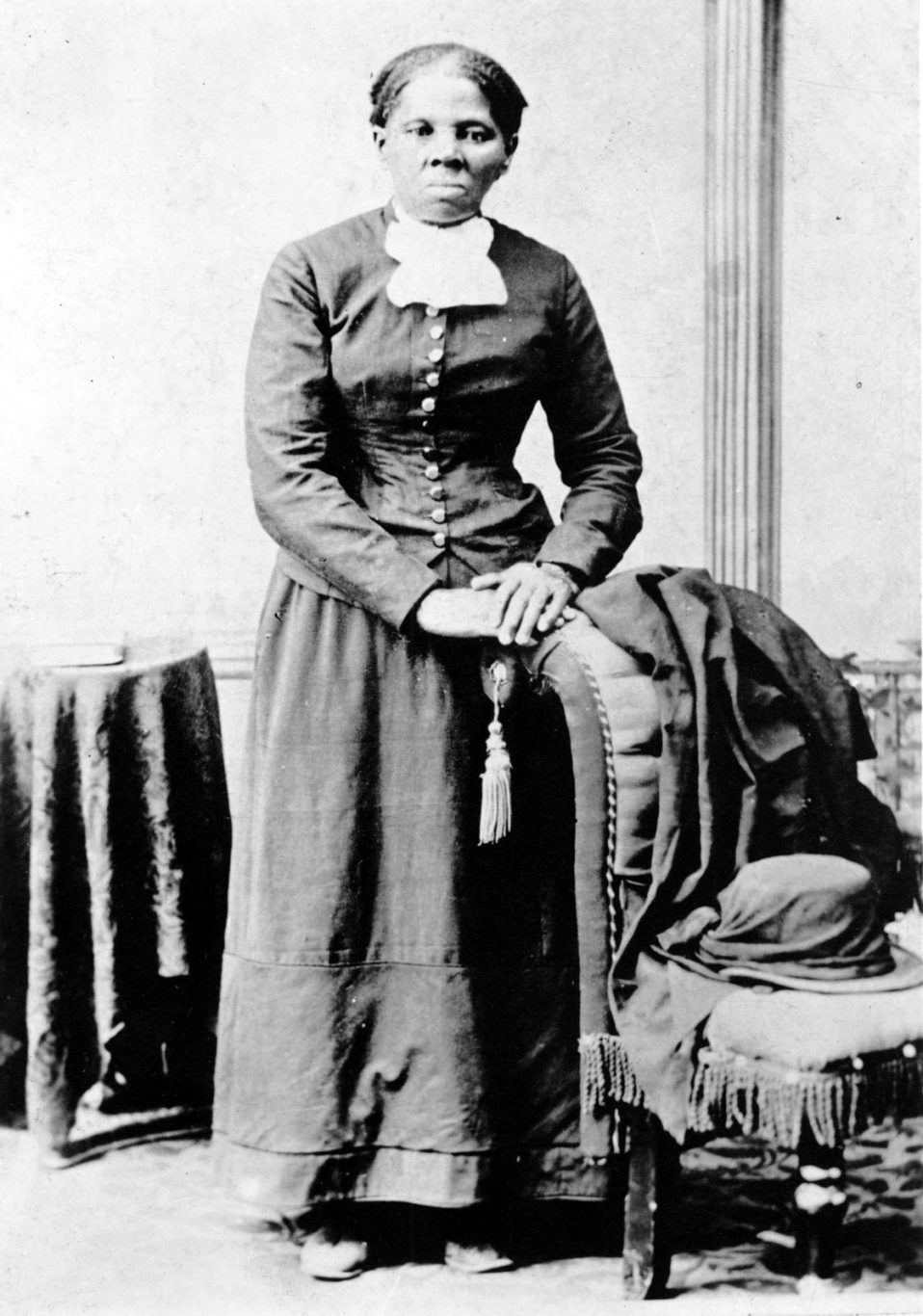
Harriet Tubman, often called the “Moses of her people,” is one of the most iconic figures in Black history. Born into slavery in Maryland, Tubman escaped to Philadelphia in 1849 but returned repeatedly to the South, risking her life to guide others to freedom. Niagara Falls became a key destination for Tubman and those she led to safety.
In 1856, Tubman crossed into Canada near the Whirlpool Bridge Plaza, a moment commemorated by a plaque at the White Water Walk. Despite the Fugitive Slave Act of 1850, which put freedom seekers at risk of capture, Tubman made 11 perilous trips, liberating countless individuals. Her bravery and determination remain an inspiration, and her legacy is deeply woven into Niagara’s history.
Landmarks of Resilience: Monuments and Memorials
Niagara Falls is home to several landmarks that honor Black Canadian heritage. The Nathaniel Dett Memorial Chapel, built in 1836, stands as a testament to the strength of the Black community. Named after renowned Black Canadian composer R. Nathaniel Dett, the chapel was relocated in 1856 by Burr Plato, a former fugitive who became the first elected Black man in local government.
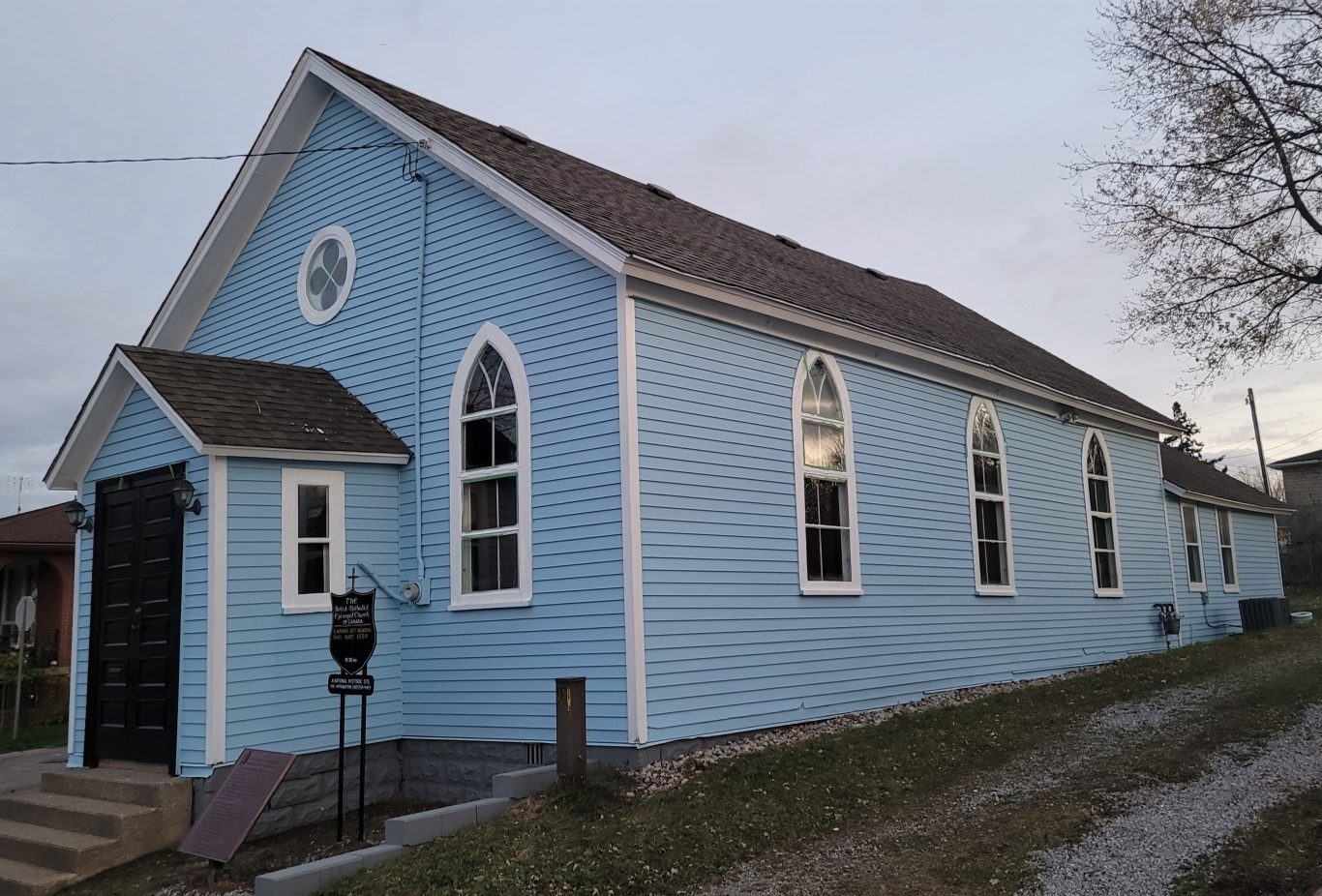
Another must-visit site is the Voices of Freedom Memorial in Niagara-on-the-Lake. This experiential art installation engages visitors with powerful visuals and stories, offering a profound reflection on the struggles and triumphs of the Black community.
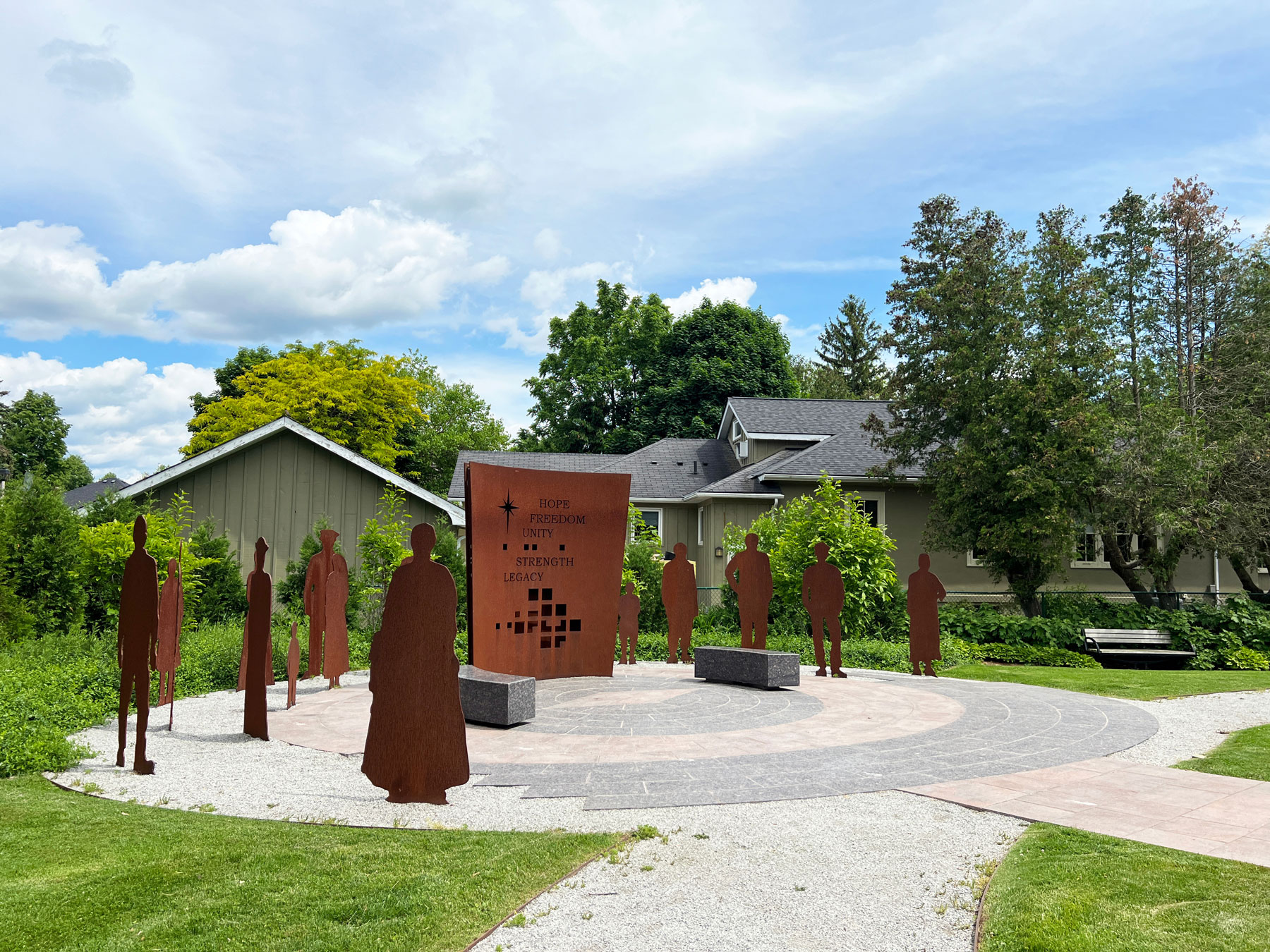
Niagara’s Freedom Trail: Walking in the Footsteps of History
For those eager to delve deeper, the Niagara Freedom Trail offers an immersive experience. This trail follows the path of the Underground Railroad, guiding visitors through key locations like Fort Erie, where freedom seekers crossed into Canada. Along the way, plaques and markers share personal stories and historical context, bringing the past to life.

The trail showcases plaques, markers, and displays that provide historical context and personal stories from the era of the Underground Railroad. It serves as a powerful reminder of the courage and determination of those who risked everything for freedom.















Mackenzie Printery: A Press for Progress
The Mackenzie Printery in Niagara-on-the-Lake holds a unique place in Black history. It houses the Louis Roy press, Canada’s oldest wooden printing press, which played a crucial role in printing the 1793 Act Against Slavery. This landmark legislation limited the introduction of enslaved people into Upper Canada, marking a significant step toward abolition.
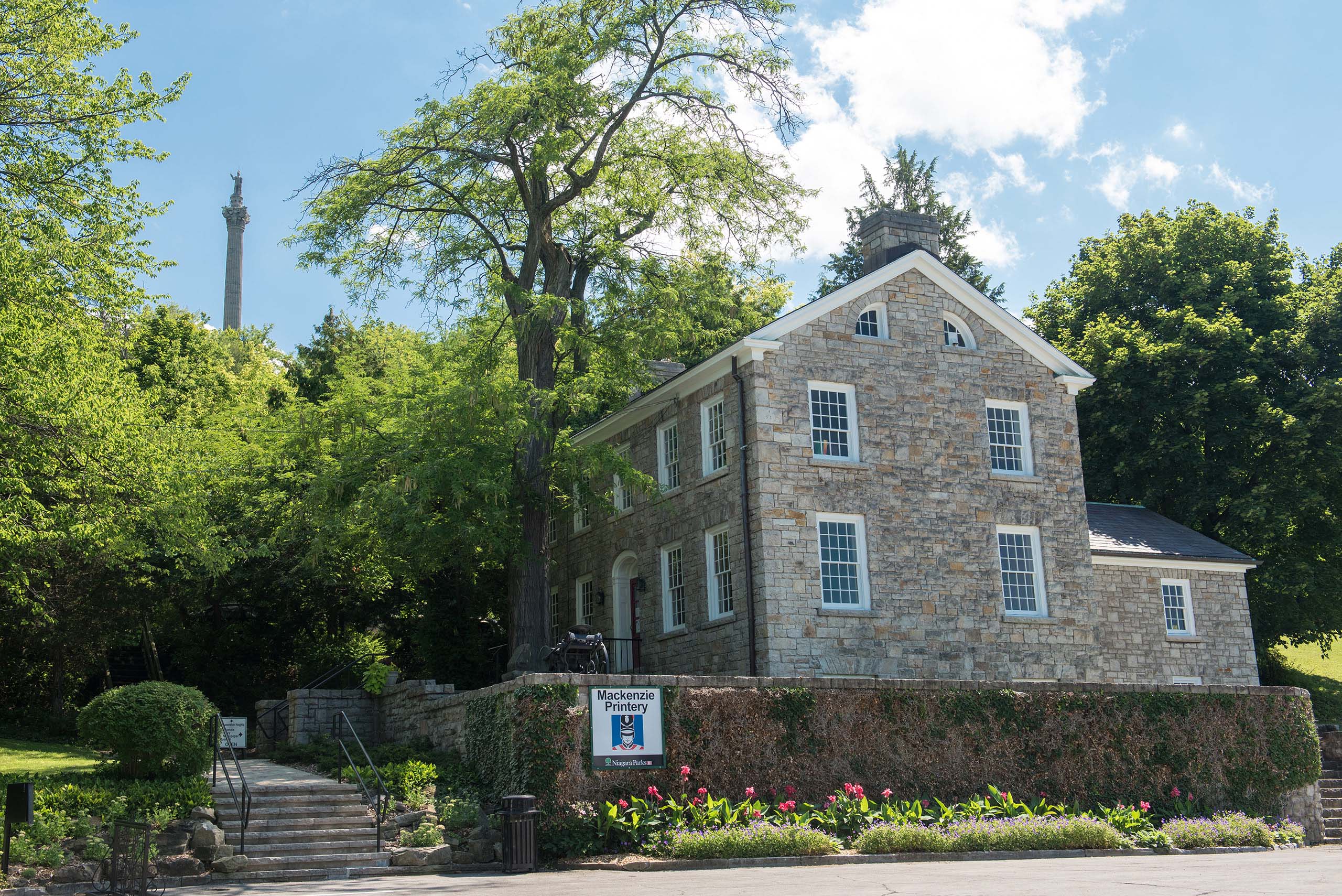
Why Niagara’s Black History Matters
Niagara Falls is more than a destination—it’s a living history lesson. From the courage of Harriet Tubman to the resilience of the Black community, the region’s stories remind us of the enduring fight for freedom and equality. By exploring these landmarks and trails, we honor the past and ensure these vital stories are preserved for future generations.
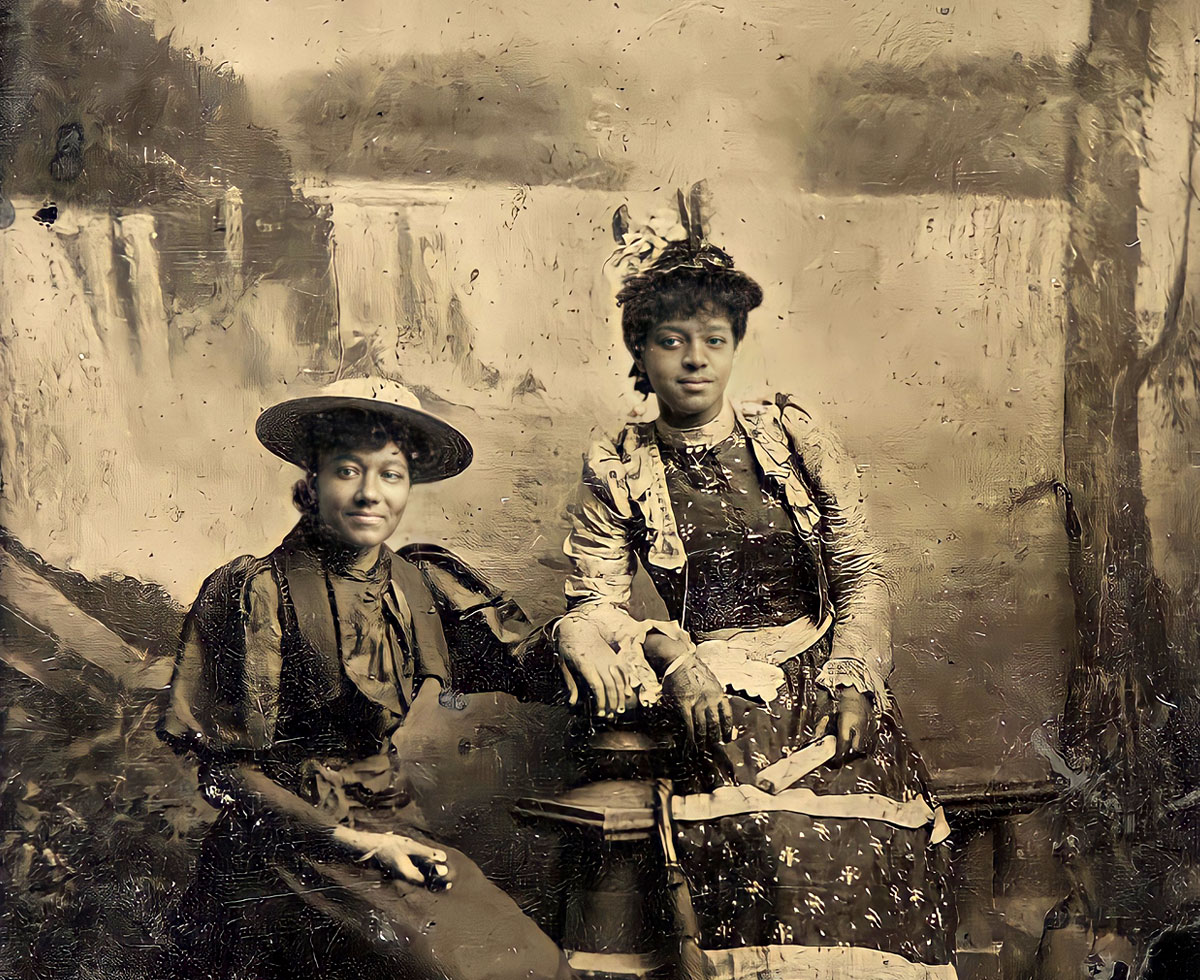
Whether you’re visiting during Black History Month or any time of year, Niagara Falls invites you to discover its profound legacy. Walk the Freedom Trail, stand where Tubman crossed into Canada, and let the echoes of history inspire you. This is more than a journey through time—it’s a celebration of the human spirit.
Plan your visit to Niagara Falls and experience the powerful stories of courage, freedom, and resilience that define this iconic destination.
